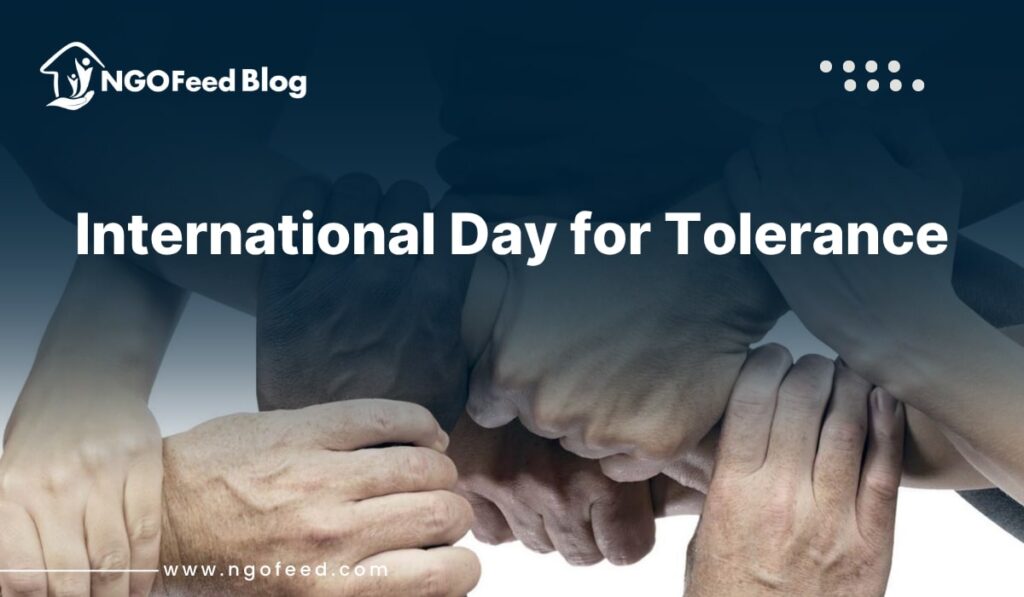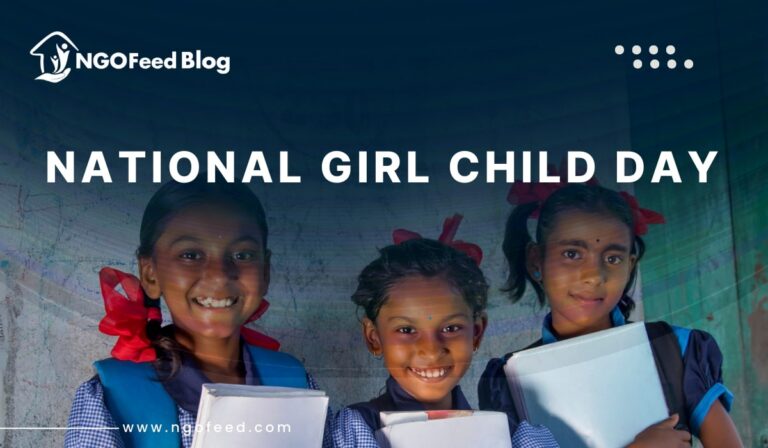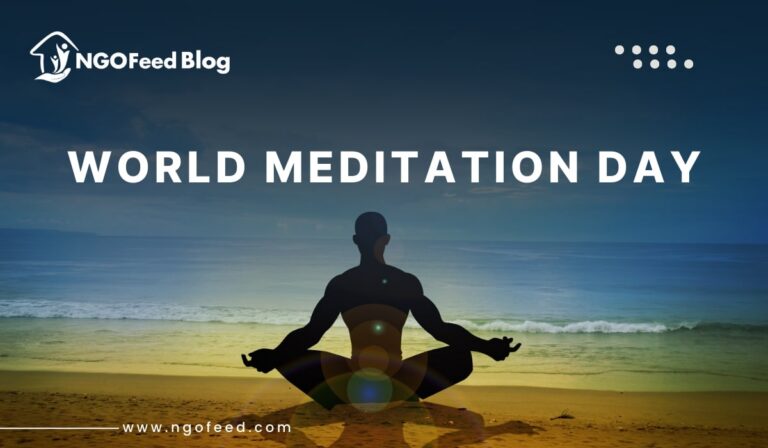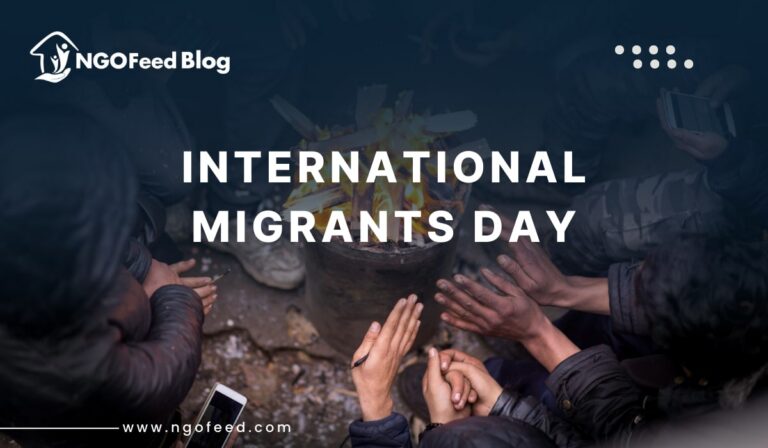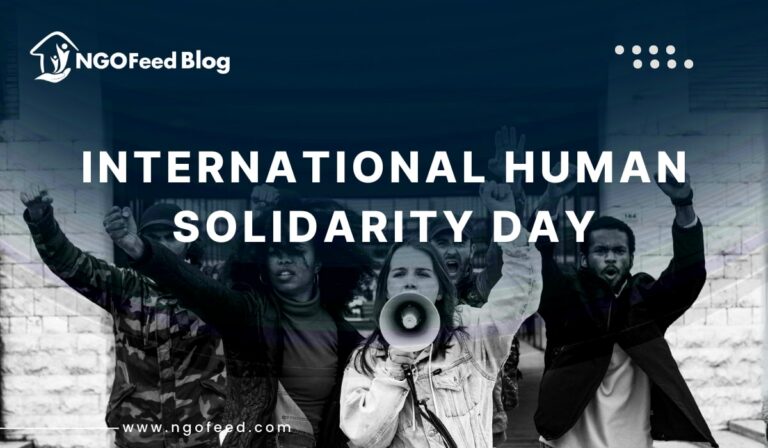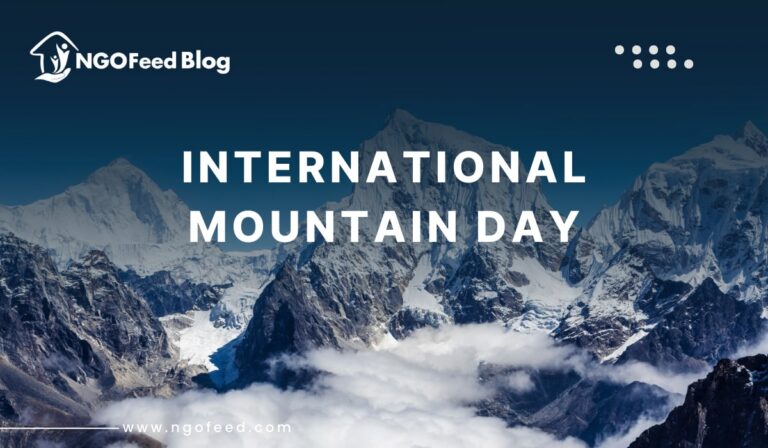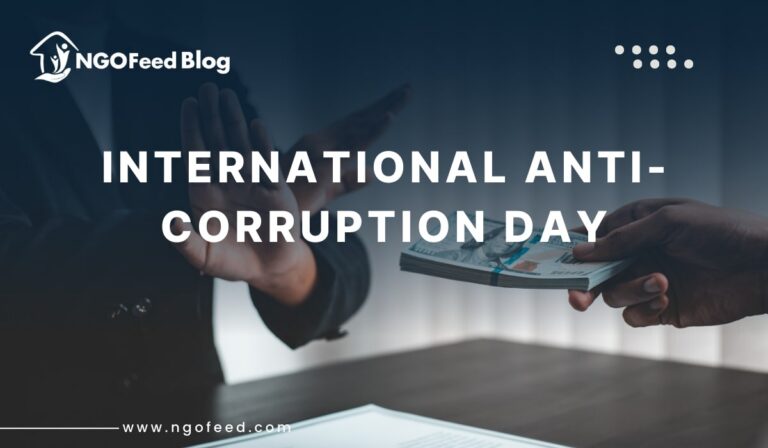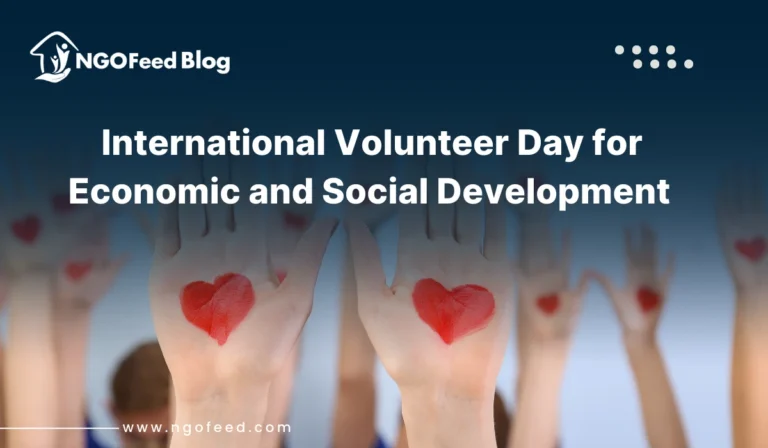Observed annually on November 16, the International Day for Tolerance reminds us of the common values of mankind in an ever more linked yet split world. Set by the United Nations Educational, Scientific and Cultural Organization (UNESCO), the day draws attention to the need for mutual respect, acceptance, and understanding among civilizations.
As technology bridges distance, bigotry, expressed as hate speech, discrimination, xenophobia, and violence, threatens the world’s social fabric. Tolerance is therefore a moral obligation and a political need for creating peaceful coexistence, not merely a polite gesture. This holiday challenges people, groups, and countries to promise to see diversity as a source of power rather than as conflict.
Tolerance, the groundwork of democracy and human rights, empowers societies to reject discrimination and welcome compassion via education, debate, and civic involvement.
Table of Contents
What is the International Day for Tolerance?
A UNESCO-led worldwide event, International Day for Tolerance encourages inclusion, harmony, and respect for cultural, racial, and religious diversity. It emphasizes that tolerance is an active attitude based on the acknowledgement of fundamental rights and freedoms, not just a passive acceptance of others.
Respect, acceptance, and appreciation of the rich variety of the world’s cultures, our forms of expression, define tolerance according to UNESCO’s 1995 Declaration of Principles on Tolerance. of expression, and our ways of being human.” It entails promoting social cohesiveness by guaranteeing that everyone, whatever their identity, origin, or belief, is treated fairly and respectfully.
Also Read: WHO Vs UNICEF in Health Interventions
The celebration pushes people, institutions, and schools to consider their attitudes and to resist hate and clichés. It is also a day to recognize those striving daily to create bridges between opposing communities and to remind countries of their shared obligation to promote peace and justice.
What is the History of International Day for Tolerance?
Adopted in 1995 to commemorate UNESCO’s 50th anniversary, the Declaration of Principles on Tolerance is where the roots of the International Day for Tolerance can be found. Born out of the growing obstacles of racism, extremism, and social exclusion in the post-Cold War world, the statement
Resolution 51/95 of the United Nations General Assembly formally designated 16 November as the International Day for Tolerance in 1996. The project fell within the purview of UNESCO’s Long-running effort to create “the defenses of peace in the minds of men and women.”
This celebration has become increasingly significant throughout the years as a worldwide forum for governments, NGOs, teachers, and groups to reaffirm their dedication to nonviolence, equality, and intercultural discussion. Through the UNESCO-Madan Jeet Singh Award for the Promotion of Tolerance and Non-Violence, the day also honors people and groups that make outstanding contributions toward tolerance.
International Day for Tolerance 2025 Theme
Though the International Day for Tolerance does not always have a set theme, the goal of every year is to advance diversity, conversation, and inclusion. Common thematic areas include:
- “Encouraging Diversity by Conversation”
- “Constructing Bridges, Not Walls.”
- “Celebrating Cultural Harmony: Unity in Diversity”
Tolerance and Human Dignity in the Digital Age
UNESCO and partner groups feature particular worldwide concerns every year—such online hatred, migration, refugee inclusion, or interfaith dialogue—to refresh world support for tolerance and nonviolence.
Also Read: Role of UNESCO in Education
Aims and Targets
Among the main goals of the International Day for Tolerance are:
- Increasing Awareness: Teaching communities the risks of hate, intolerance, and extremism.
- Advocating Diversity: Honoring mankind’s multilingual and multicultural history.
- Promoting conversation across several religions, cultures, and social strata.
- Reinforcing democratic ideas via equality, justice, and participation in public life.
- Empowering youth: Developing in young minds empathy and world citizenship.
- Constructing peaceful communities: stopping violence by means of community involvement and instruction.
- Particularly Objective 16: Peace, Justice, and Strong Institutions.
- Objective 4: Quality Education of the United Nations Sustainable Development Goals (SDGs) correspond with these objectives.
Why It’s Important?
One of the building blocks of social harmony, democracy, and world peace is tolerance. Growing problems include migratory crises, religious intolerance, and polarization driven by falsehoods that societies face in the present. Absence of tolerance can result in discrimination, strife, and social division.
The day is especially important for civil society organizations and nonprofits. Their efforts usually center on advancing cultural inclusiveness, championing human rights, and assisting marginalized groups.
For tolerance is also vital in:
- Keeping cultural variety in varied communities.
- combating extremism and radicalization via knowledge.
- Encouraging respect for all people and gender equality.
- Making sure people with varied beliefs coexist peacefully.
- Tolerance protects ultimately the common values of mankind—freedom, equality, and compassion.
Ways of celebrating
Various and significant means abound in educational institutions, NGOs, and local communities for the International Day for Tolerance. Among some successful programs include:
- Schools and colleges can organize conversations on empathy, inclusion, and diversity as educational workshops.
- Online and offline initiatives using hashtags such #ToleranceDay and #RespectDiversity raise awareness for tolerance and diversity.
- Performances of music, art, and dance reflecting many customs and promoting cultural pride characterize cultural events.
- Meetings among religious leaders and societies to advance spiritual harmony known as Interfaith Dialogue.
- Distributing stories of forgiveness and compassion via visual mediums including movies and storytelling.
- Honoring people or groups who have significantly contributed to inclusion and peace via Recognitive Awards.
- NGOs and schools could additionally develop “Tolerance Pledges” asking participants to promise nonviolence and courteous conversation in their daily lives.
Also Read: Role of UNESCO in Women Empowerment
International Day for Tolerance Activities
Often among worldwide and local activities are:
- UNESCO-Madan Jeet Singh Prize for Non-Violence and Tolerance Promotion
- This esteemed honor, given every other year, honors campaigners and groups that help to foster tolerance. Past winners include Centre Resolution Conflicts (CRC) from the Democratic Republic of Congo and Sheikh Abubakar Ahmad, an interfaith peacemaker from Nigeria.
Workshops for digital tolerance:
- Dealing with hate speech and cyberbullying on social media channels.
- Marches for Community Peace: Organized by civil society organizations for unity and mutual respect advocacy.
- Youth Challenges and Contests: Promoting students to investigate and suggest ideas for peaceful living.
- Program for Cultural Interchange: Encouragement of knowledge among several groups by means of cuisine, art, and language exchange.
These actions underline the part daily tolerance plays in maintaining peace and foster group efforts.
NGOs’ Function and Challenges
- The part played by nonprofits: At the center of the world tolerance movement are non-governmental organizations (NGOs). They serve as teachers, champions, and peace mediators across countries. Among the more well-known instances are:
- Amnesty International: Campaigns against prejudice and hate crimes all around are supported by advocates for human rights.
- United Nations Alliance of Civilizations: Encourages intercultural communication and understanding among countries and peoples.
- Teach for Tolerance: United States: Gives educators complimentary tools to foster inclusive classroom settings.
- Search Common Ground (SFCG): Works in over 30 nations to settle disputes via empathetic education based on communication.
BRAC Bangladesh:
Promotes social inclusion and gender equality by means of grassroots empowerment initiatives.
These groups conduct humanitarian initiatives, conflict resolution, and peace education that demonstrate tolerance in practice.
Also Read: Role of the UNCTAD in India
Difficulties NGOs Meet
Notwithstanding their dedication, NGOs sometimes run into several obstacles:
- Limited Financing: Financial obstacles limit the range and uniformity of tolerance training initiatives.
- Political Pressure: NGOs championing minority rights in some areas meet constraints or censorship.
- Deep-seated biases and social stratification obstruct community acceptance via cultural resistance.
- Online extremism spreads faster than educational initiatives do—that’s digital hate speech.
Safety Threats: Activists advocating tolerance in conflict zones are under attack. NGOs need better international cooperation, permanent finance, and political backing from governments in order to break through these obstacles.
Actual-Life Examples and Case Studies
- India: movements of “Sarva Dharma Sama bhava”: Through initiatives emphasizing tolerance, several Indian NGOs, including The Art of Living and Sadbhavana Trust, encourage interfaith understanding and women’s participation.
- Rwanda – Post-Genocide Reconciliation: Showing tolerance as a tool for healing, the National Unity and Reconciliation Commission (NURC) has successfully used dialogue and truth-telling to restore society trust following the 1994 genocide.
- Seeds of Peace Middle East: Young leaders from conflict zones including Israel, Palestine, and Egypt are gathered by this nonprofit to promote empathy and peaceful leadership.
- Europe: No Hate Speech Movement of the Council of Europe: Through advocacy, education, and awareness, a youth initiative against online hatred speech. These cases show how societies split by history and philosophy can be changed by tolerance when it is combined with education and conversation.
Conclusion
The International Day for Tolerance offers a world mirror reflecting the ethical and social obligations of our day. It serves as a reminder that peace is the presence of comprehension rather than the absence of disagreement.
Encouragement of UNESCO’s project helps people to overcome prejudice, accept variety as a gift, and see every culture as a thread in the common tapestry of human society. This day presents an chance for NGOs, teachers, and people to re-establish their common dedication to compassion, respect, and empathy.
Accepting tolerance in both thinking and behavior will help us to build a society where differences spark conversation, diversity supports oneness, and mankind prospers harmoniously.
Also Read: Role of NGOs in Disaster Relief
Frequently Asked Questions (FAQs)
Q1. When is the International Day for Tolerance observed?
A: It is celebrated every year on 16 November.
Q2. Who initiated this day?
A: The United Nations, following UNESCO’s Declaration of Principles on Tolerance in 1995.
Q3. What does tolerance mean according to UNESCO?
A: Tolerance is respect and appreciation for the diversity of the world’s cultures, expressions, and humanity—recognizing the rights and freedoms of others.
Q4. What is the significance of the UNESCO-Madanjeet Singh Prize?
A: It honours individuals or organizations contributing to the promotion of tolerance and non-violence.
Q5. How can individuals promote tolerance daily?
A: By practicing empathy, rejecting hate speech, supporting inclusion, learning about other cultures, and standing up against injustice.

